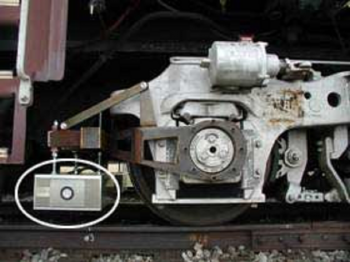Examining wheel/rail interaction on rail transit systems
By Bob Tuzik • November 4, 2004 If the first unwritten rule in optimizing the wheel/rail interface on rail transit is: Know your system; the second rule should be: Recognize that the w/r interface is a system. “No single department can attack the issues in isolation and expect to get very far,” Joseph Oriolo, Senior …


